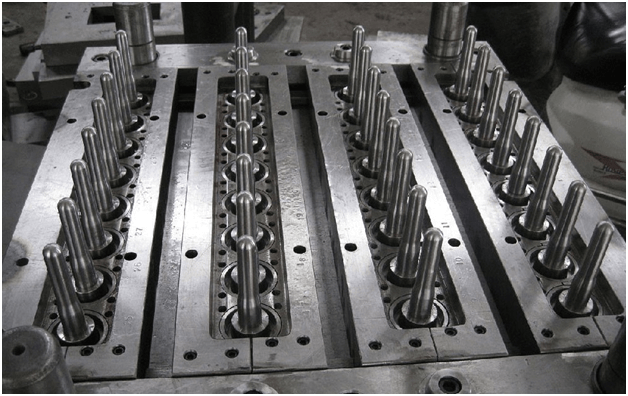Injection mold tooling is increasingly gaining popularity as the preferred method of molding plastics. So is it really the most efficient way of mass production today? This may be true or not but here is what you need to know about injection mold tooling.
What
is Injection Mold Tooling?
Injection
mold tooling refers to a manufacturing process that
entails the production of parts in large volume. Injection molding is specifically important during
mass production processes involving the multiple creations of a single part in successions. This process is not only
a versatile method of producing parts but it also has plenty of advantages over
the common methods of plastic molding. Here are a few benefits injection molding to
begin with.
Advantages
of Injection Mold Tooling
1. Injection Mold Tooling Ensures Low
Manufacturing Costs
As an automated process, the injection molding machine
has all the processes carried out by robotics and machines all of which can be
controlled by just a single individual. Automation is vital in reducing the
costs as a result of the great reduction of the overheads.
Similarly, the reduced labor force owing to
the automation also implies that the manufacturing costs are lowered and this
can be passed to the customer.
That said, the major expenses that
accompany injection mold tooling
is the initial costs and once this is settled, the price per unit during the
whole process becomes very low as compared to other methods. The costs also
drop greatly with the production of more parts.
2. Injection Mold Tooling Produces
Low Scrap Rates

With the traditional manufacturing
processes such as CNC machining, for
example, there is a significant cutting of the original sheet or plastic block
that accumulates at the site of production.
However, this is never the case with injection mold tooling. In
fact, this process helps companies save resources since any unused plastic injection raw materials.
The unused materials can either be reground
or melted for future use hence the company has minimal to no wastage. No wonder
it is regarded as an environmental-friendly process.
3. Injection Mold Tooling Has a High
Efficiency
The fact that injection mold tooling is a repeatable process cannot
be overemphasized. Simply put, this method ensures that the second part you
produce is always identical to the first one.
Now, this is especially important when
looking to maintain brand consistency and part reliability during mass
production of parts.
Besides, the actual molding process is so
quick that everything takes place in a split second as soon as all the presses
are pre-programmed based on the customer’s specifications. This ensures
efficiency and cost-effectiveness.
4. Injection Mold Tooling
Increases Productivity

As opposed to other manufacturing methods, injection mold tooling offers
the best platform for a company to grow as a result of increased productivity.
This is largely attributed to the fact that
injection mold tooling helps
the company save valuable resources such as time and money during the
large-volume production.
Disadvantages
of Injection Mold Tooling
On the flipside, injection molding presents minor
disadvantages that you will have to deal with if you are looking to adopt the
process. So here are a few limitations to bear in mind.
1. High
Cost of the Injection Mold
Tooling Machines
This is undoubtedly one of the biggest
disadvantages of injection mold
tooling. The initial costs for setting up the tooling equipment are
higher than you might think. But again, this is never a real challenge to
well-established companies. However, startup companies will truly have
something to think about with this regard.


